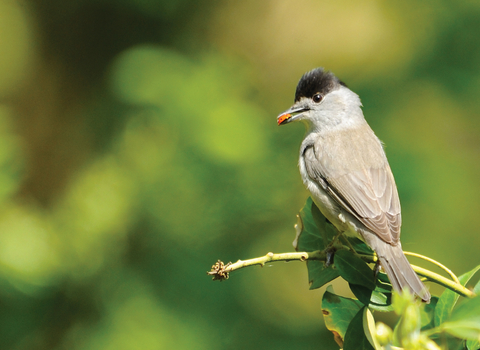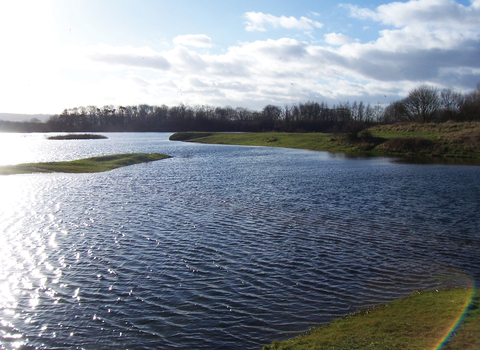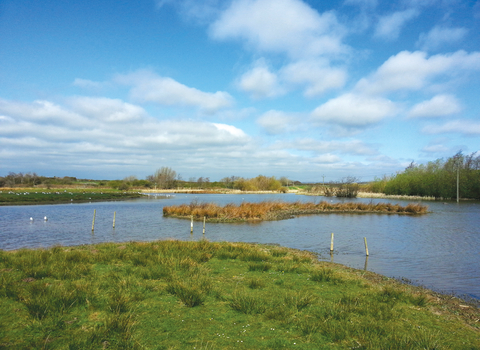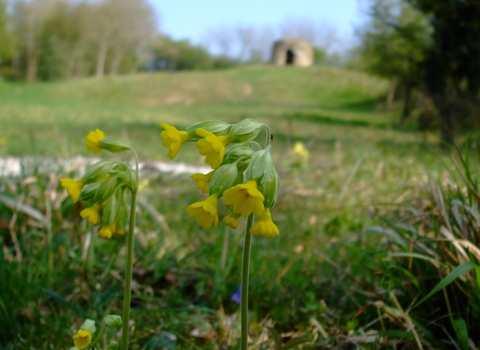View towards Scarborough Castle - Harland Mount Nature Reserve - Elizabeth Round
Harland Mount Nature Reserve
Location
Know before you go
Dogs
Please be respectful of the resident wildlife and keep dogs on a short lead at all times.
When to visit
Opening times
Open at all times. You'll only need an hour to appreciate the beauty of this reserve. If you're looking for a longer outing why not make it part of a day by the coast?Best time to visit
May to SeptemberAbout the reserve
‘Rough acid pasture’ might not be the most appealing description of a nature reserve you’ll ever hear, but by managing the pastures of this unspoilt reserve through traditional methods we’re restoring it to the species-rich grassland it once was. Ox-eye daisy and common knapweed flourish here, and bluebell, primrose and dog violet grow on the heaths that occur on the steep banks below. Common lizards are frequent and there may be adders here. Look and listen for whitethroats and willow warblers in the spring, and grasshoppers in the summer.
Contact us
About
In the past this acid grassland has seen some improvement but now the pasture at Harland Mount Nature Reserve is managed by traditional methods to restore it to the species rich grassland it once would have been.
There are currently few rarities on site, but interesting and attractive species include ox-eye daisy and common knapweed flourish. The nature reserve is worth a visit simply for its unspoilt nature, as well as to take in the magnificent views afforded here.
The steeply sloping woodland bisects the meadows and is primarily a dense mix of ash, oak, elder and hawthorn. Yorkshire Wildlife Trust currently thins out the woodland to allow ferns and other flora to colonise more of the ground, making the most of the newly created lighter conditions. Bluebell, primrose and dog violet grow on the banks below the woodland.
There is a small dew-pond in the upper field that has long been dry and offers potential restoration in the future.
Seasonal highlights
- Spring: Plants - Bluebell; Primrose; Birds - Whitethroat; Willow warbler
- Summer: Plants - Dog violet; Ox-eye daisy; Invertebrates - Grasshoppers
- Autumn: Fungi
- Winter: Mammals; Roe deer
Directions
Public transport
Nearest train station is Scarborough. Buses run from Scarborough to Jacobs Mount next to the site.
By car
The nature reserve is situated just off the A170 out of Scarborough, next to Jacob’s Mount Caravan Park. There is space for three cars in the lay-by off the A170, but please do not block the lane. Follow the lane to access the site. Nearest facilities are in Scarborough town centre.
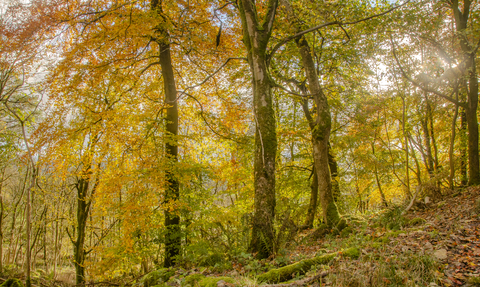
The autumn colours were even more beautiful when the sun came out
Photo Credit - Telling our Story Volunteer, Sara

